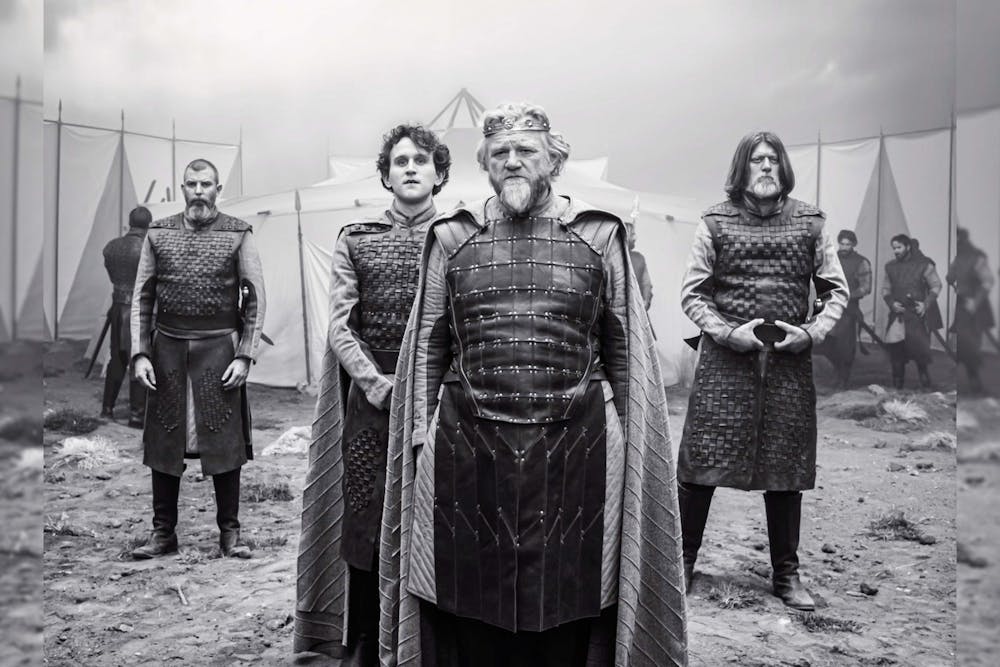Whimsical film director Joel Coen indulges in Hollywood’s recent obsession with horror period dramas in “The Tragedy of Macbeth.” This interpretation of Shakespeare’s famous play about a greed-infested Scotsman brings forth a sense of hyperrealism that chills audiences to the bone.
The Coen brothers’ films are known for their bizarre stylization, with an odd mixture of comedy and drama in each tale. Having directed films like “The Big Lebowski,” “No Country for Old Men” and “Fargo,” the dynamic duo has a flare for merging genres until no one can be easily discerned from another.
As Joel Coen’s first solo project, “The Tragedy of Macbeth” possesses the same qualities. The film was shot entirely on a single soundstage, giving each actor’s voice an unnatural, isolated cadence. Coen also manages to emulate the set changes with impressive camerawork, making audiences feel like they are watching a play rather than movie.
The film features Hollywood veterans Denzel Washington and Frances McDormand as Macbeth and Lady Macbeth — a Scottish lord and his lady both drenched in dangerous ambition after three witches reveal that Macbeth will reign as king someday.
Wracked with this knowledge, Macbeth and Lady Macbeth embark on a murderous rampage to ensure that Macbeth becomes king and rules for a long time.
Related: [COLUMN: ‘Euphoria’s’ second season is an unavailing, image-driven depiction of teenage angst]
Washington is legendary in his portrayal of the power-hungry lord. He uses extreme subtlety in most lines, only exaggerating his words when it will really strike as his character experiences a greed-induced paranoia when he believes he throne will be taken from him.
As a leading lady, McDormand’s performance is nothing short of intense. Anyone who knows the tale of Macbeth knows that the Scotsman’s wife is the real antagonist. It is her conniving mind that convinces her husband to kill the king and take his throne. She even steadies him as he is wrought with grief over what he’s done.
McDormand weaves in and out of a hushed whisper and heavily punctuated speech to represent the dual-sided lady she plays, creating a sinister feeling.
With “The Tragedy of Macbeth” being shot in black and white, the barren, eerie representation of each character is emphasized. The lines on Washington’s and McDormand’s faces are made that much more visible, and the graying of Washington’s hair stands out, communicating to audiences that this man holds the weight of the world on his shoulders.
Related: [COLUMN: Ignore critic reviews, watch Marvel movie ‘Eternals’]
With clever camerawork, a system of silhouettes works alongside each character and structure present in the film — giving each shot a specific meaning. The work with shadows and camera angles is deeply unsettling as it accompanies a tale of pure agony.
Even the film’s setting adds depth to the frightening tale. In Coen’s Macbeth interpretation, Scotland is portrayed as a muddy wasteland. This terrain helps accentuate the bereft political instability of the country in the 11th century.
Throughout “The Tragedy of Macbeth,” Coen reminds cinema of the greatness of Shakespeare.




